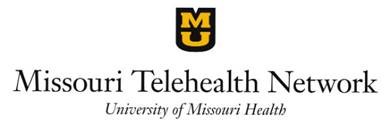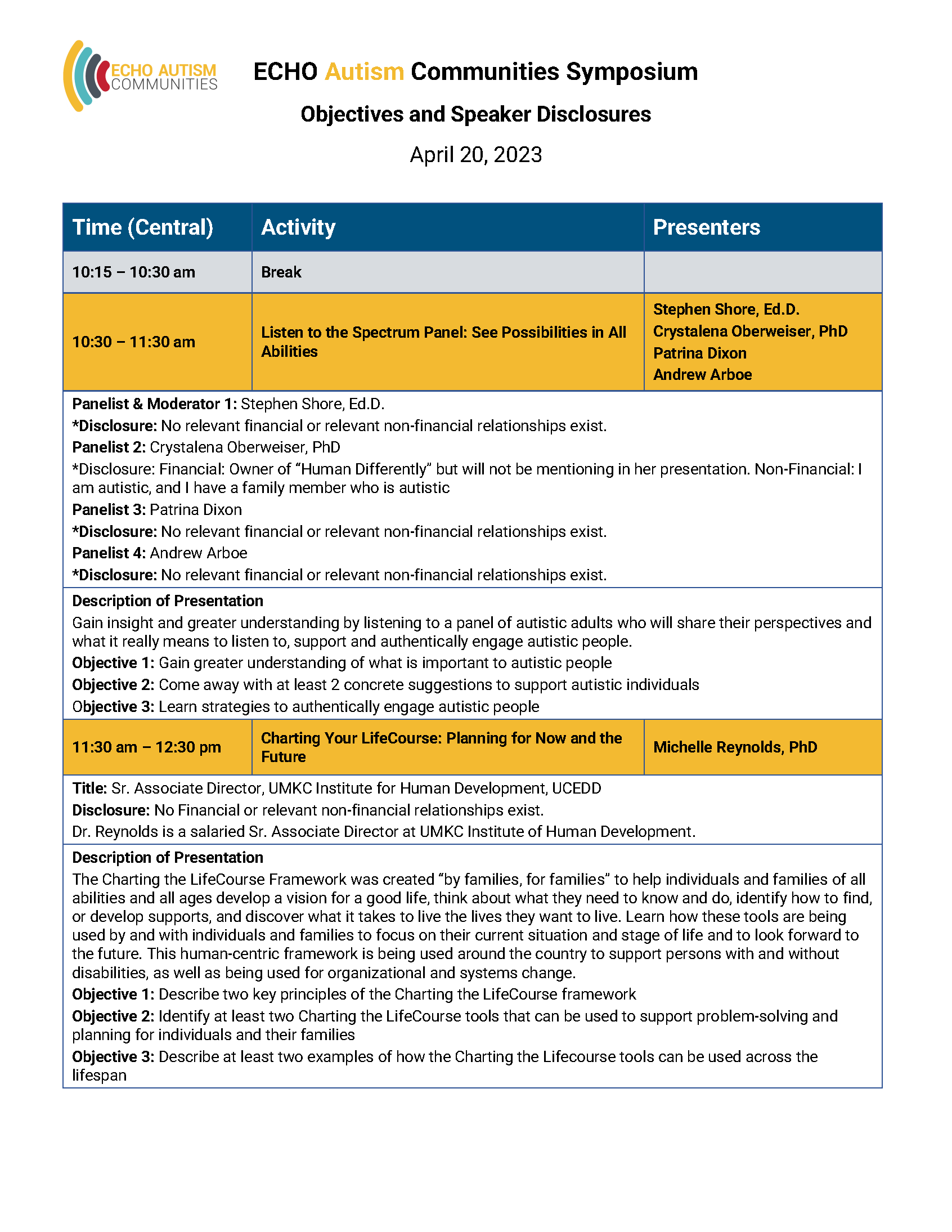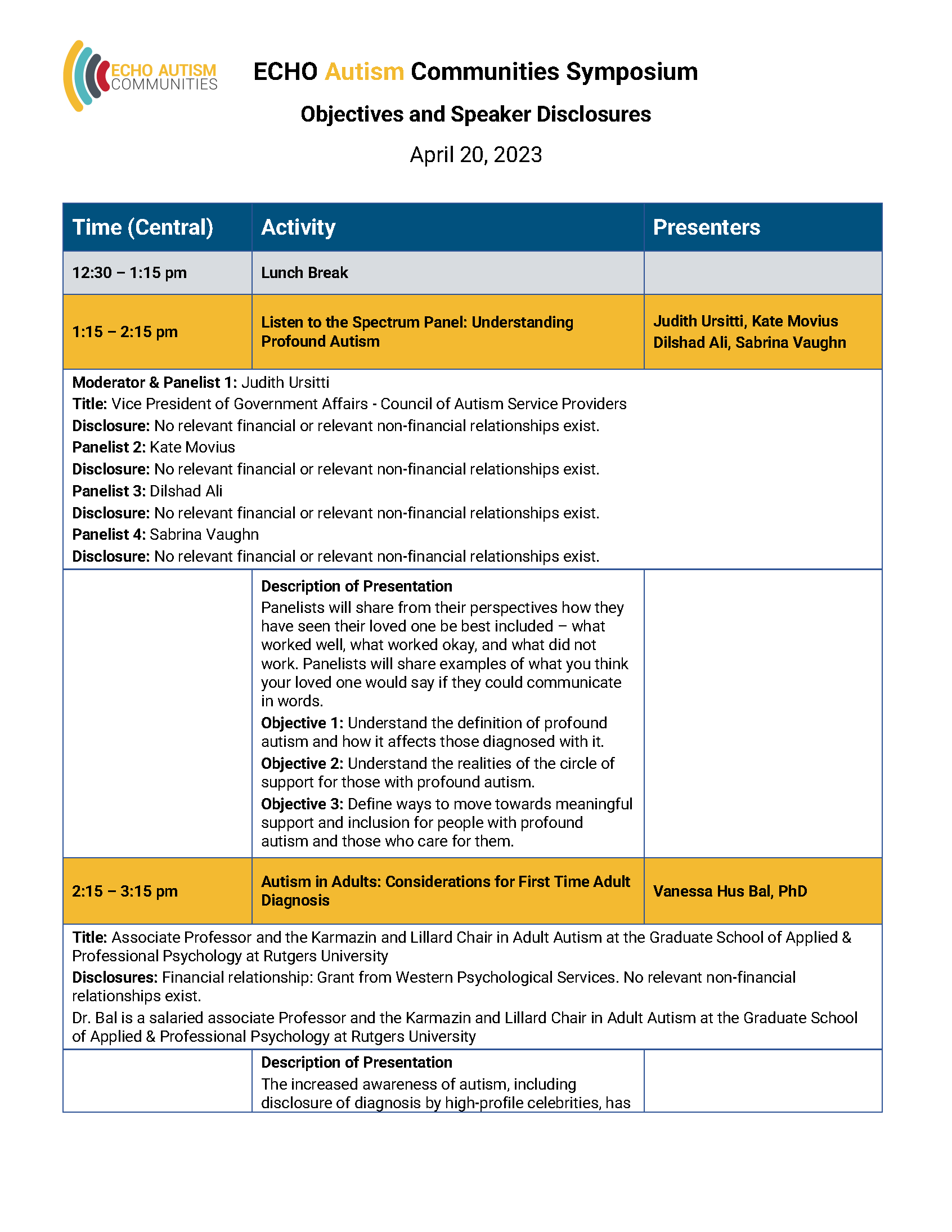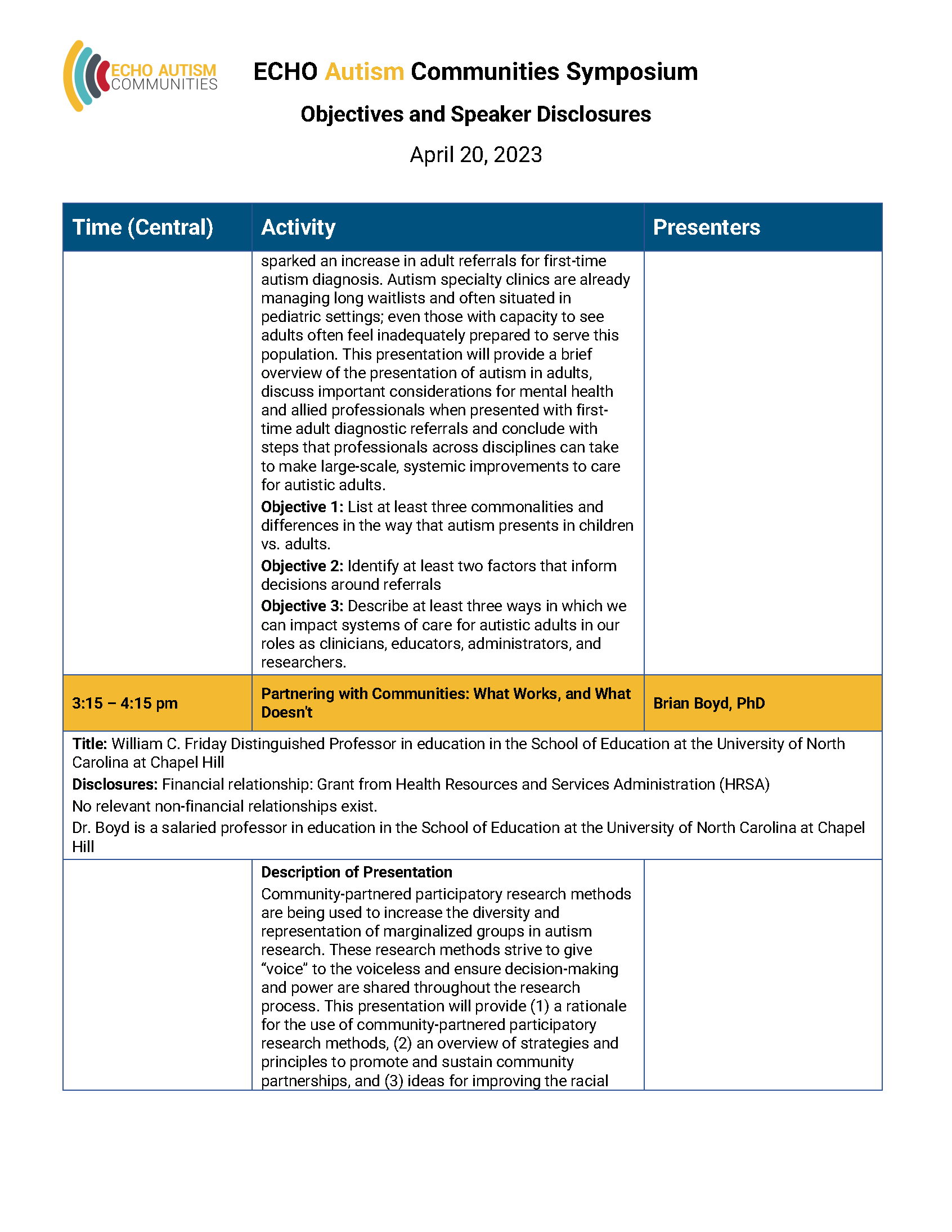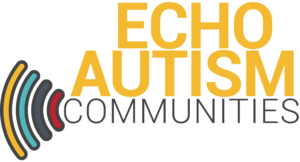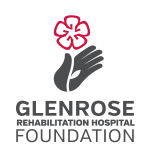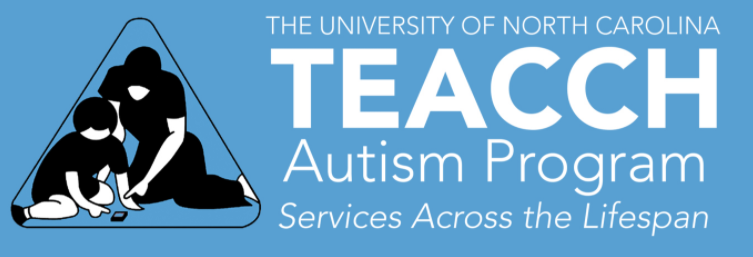In a video appearance for the United Nations Autism Awareness Event, 18-year-old autism advocate Siena Castellon brought to light the stunning gender gap affecting the pediatric autism diagnosis process. Experts acknowledge four boys to every one girl are being diagnosed with autism spectrum disorder.
The statistics have prompted health care professionals and families alike to label autism as an overwhelmingly male disorder, with conjectures such as the “extreme male brain theory” coming to the forefront for diagnoses. More recently, experts are finding that there is likely an equal number of girls to boys with autism spectrum disorder, but girls are being missed when it comes to diagnosis for a variety of reasons.
In a 2020 study published in Autism Research, scientists discovered girls with ASD are, on average, diagnosed nearly 1.5 years later than boys. This comes on the heels of a 2015 study which found that girls were diagnosed with Asperger’s syndrome around 7.6 years old, while boys were typically diagnosed around 7.1 years old.
Currently, the average age of autism diagnosis in the United States is just over four years old, although the American Academy of Pediatrics (AAP) confirmed the developmental disorder can be accurately diagnosed as young as 18 months. Evidence has shown that the earlier a child is diagnosed, the more access they have to evidence-based supportive therapies, services, and resources.
But what about the hundreds of thousands of females who aren’t diagnosed until their teens, 20s, or even parenthood? Sienna Castellon believes girls deserve better.
“I talk to a lot of autistic people,” Castellon told The Guardian in an interview. “The men all tell me they were diagnosed at four or five. The women often say they were diagnosed in their 40s or when one of their children was diagnosed. I actually think there is an equal number of men and women who are autistic.”
Castellon’s opinion is a popular one. More adult women are being diagnosed with autism now than ever before. Consider Alice, an autistic woman who went undiagnosed until her late 20s as a result of masking, and Trina Dixon, a mom of an autistic child who was diagnosed in her 40s, just months after her son obtained a diagnosis.
What’s causing the gender gap in autism diagnosis and treatment?
Experts have a few theories. First, as mentioned above, autism was traditionally considered to be a male disorder. As a result, the screening tools used to diagnose children are based on symptoms that are not always present in females. Screening tests like the MCHAT and ADOS look for signs like avoiding eye contact, limited use of language, and getting upset by routine changes to name a few. In a 2019 study, however, researchers discovered that autistic girls don’t always display those symptoms. In a study using mice, they found when removing the CC1D1A gene (commonly associated with intellectual disabilities, ASD, and seizures), the male mice had “cognitive deficits, social deficits, hyperactivity, and anxiety.” The female mice only had mild learning issues.
And of course, a coping mechanism known as “masking” is a common reason for misdiagnosis in girls. Masking, or the performance of social behavior that’s considered to be more “neurotypical” or “accepted,” is a common tool for females on the spectrum in order to conform, as Castellon puts it. This can include mimicking others’ social behaviors, imitating eye contact, forcing or learning how to mirror facial expressions, and more.
“Females experience greater societal pressure to be social and to conform to the societal norm. As a consequence, autistic females become experts in camouflaging their autism. We teach ourselves to hide our autistic traits by becoming social anthropologists and memorizing scripts for social situations,” Castellon shares.
Not only does this affect access to critical resources, but it can lead to something called autistic burnout. One article explains it as “the long-term psychological exhaustion of trying to imitate the behaviors of neurotypical people,” and can cause mental health issues such as depression and anxiety. This could even be an explanation of why certain mental health conditions occur more frequently in people with autism than in a neurotypical population. In a 2019 study on autistic people, researchers found Attention Deficit Hyperactivity Disorder (ADHD) in 28% of their participants, anxiety disorders in 20%, depressive disorders in 11%, and sleep disorders in 13%.
Overall, research shows that the gender bias in autism diagnosis and treatment is leaving women behind, and advocates like Sienna Castellon are looking to change the system. In an effort to reach out to other autistic teenage girls, she published a book “The Spectrum Girl’s Survival Guide: How to Grow Up Awesome and Autistic.” You can listen to an excerpt of her speech from the United Nations Autism Awareness Event by clicking here.
Interested in finding more resources for women on the spectrum? Visit echoautism.org/resources to find evidence-based resources, and echoautism.org/blog to read more personal experiences of autistic women getting their diagnosis.







